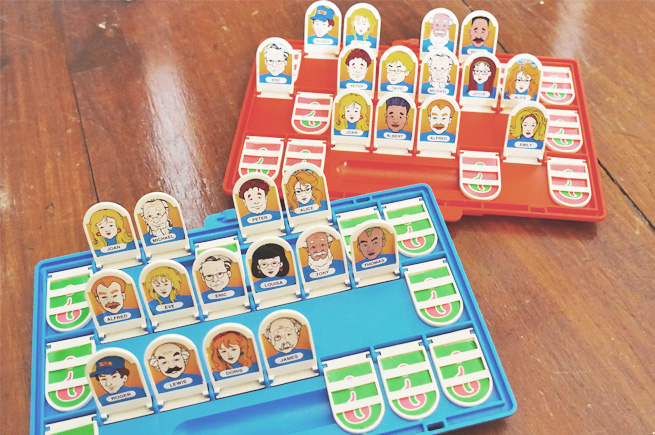If you work in market research, tools like Perplexity and ChatGPT can be your go-to assistants.
However, used together, they form a powerful combination for tackling desktop research, enabling you to gather reliable insights and transform them into actionable outputs.
🔎 Perplexity is an advanced research tool that quickly gathers credible, up-to-date information from reliable sources, making it easy to access facts, trends, and insights.
🤖 ChatGPT is your creative partner, turning gathered information into actionable outputs like summaries, reports, and brainstorming prompts. It simplifies complex ideas, generates fresh perspectives, and tailors content to your needs.
Together, Perplexity and ChatGPT form a seamless research and analysis pipeline.
🎨 ChatGPT brings creativity and structure, turning raw insights into polished deliverables that are tailored to your needs.
✔️ Perplexity provides the facts, ensuring your work is grounded in credible, up-to-date information.
Here’s how you can leverage them for three key tasks...
Before we start, if you have a ChatGPT and Perplexity account – then you are all set to go. If not, follow the links in the previous sentence to sign up for free accounts.
In the step-by-step examples below, all you need to do is copy the response from Perplexity query (which also copies all the sources used) as shown below and paste it into ChatGPT along with the example prompt. 🤘 Simples.

1. Background Research 📖🔎
Perplexity acts as your fact-finder, delivering credible sources and data points, while ChatGPT transforms this information into polished and actionable content.
Example in Action:
- Scenario: Preparing a report on sustainability trends in the fashion industry.
- Perplexity Search Query: “What are the top sustainable practices in fashion today?”
- ChatGPT Prompt: “Summarise these findings into 100 words and integrate sources into the response. List the sources used at the end of the analysis so I have them as a reference.”
Pro Tip: 💡 After gathering references, ask ChatGPT to suggest relevant research questions or survey prompts based on your findings, such as, “Which sustainability practices most influence purchase decisions?”
2. Competitive Analysis 🥇📊
Understanding competitors is critical. Perplexity provides the latest insights, and ChatGPT helps organise and present them.
Example in Action:
- Scenario: Comparing your client’s app with others in the wellness space.
- Perplexity Search Query: “Top features in wellness apps.”
- ChatGPT Prompt: “Draft a SWOT analysis, integrating references into the response. List the sources used at the end of the analysis so I have them as a reference.”
Pro Tip: 🔥 Ask ChatGPT to create a benchmarking table comparing features across competitors.
3. Idea Generation and Concept Testing 💡🎨
When brainstorming or refining ideas, this duo works seamlessly. Perplexity gathers examples, while ChatGPT helps tailor them to your needs.
Example in Action:
- Scenario: Developing packaging ideas for a sparkling water brand.
- Perplexity Search Query: “Innovative packaging for beverages.”
- ChatGPT Prompt: “Generate unique concepts and integrate sources into the response. List the sources used at the end of the analysis so I have them as a reference.”
Pro Tip: 💭 Ask ChatGPT to simulate consumer reactions to each idea for more detailed insights.
Why This Combination Works 🤝⚡
The magic of using Perplexity and ChatGPT together lies in their complementary strengths. Perplexity provides you with the depth of knowledge and credible sources you need for informed decisions.
ChatGPT takes this further by simplifying complex ideas, generating creative outputs, and tailoring insights to your specific objectives.
Whether you’re conducting a SWOT analysis or crafting new ideas, this duo ensures every angle is covered.
Final Thoughts 🎯📈
Perplexity and ChatGPT are powerful allies for market researchers. From uncovering trends to refining ideas, this ultimate duo simplifies your workflow while maintaining accuracy and professionalism. By integrating references directly into your outputs, you build trust and credibility in your research and communication.










